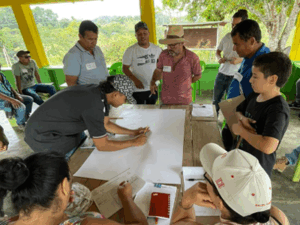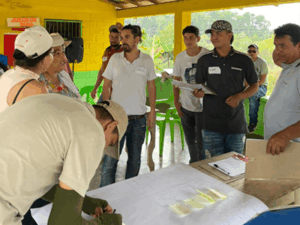Sustainable Landscapes Assessment Tool
SLAT
Sustainable Landscapes Assessment Tool
Sustainable Landscapes responds to the growing need for effective coordination in sustainable land use among stakeholders. We help organizations co-create sound theories of change that drive measurable socio-environmental impact. Through our innovative Sustainable Landscapes Assessment Tool (SLAT), we facilitate value creation across five key phases—supporting implementation and empowering community-driven monitoring efforts.
Our process
Get Started
Let's build Sustainable Landscapes together
Sustainable Landscape's monitoring platform


